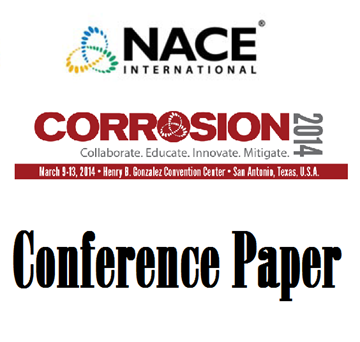With the posting of new pipeline integrity management regulations, it is expected that there will be more excavation/inspection activities than ever before. While the act of excavating and inspecting pipelines for corrosion, dents, cracks, material defects, etc. is not new, these regulations focus new attention on documenting, maintaining, and managing the information gathered during inspection activities. Historically, the pipeline industry (in general) has possessed a solid knowledge base regarding corrosion and other types of pipeline anomalies and has done a
satisfactoryjob of repairing/maintaining its assets. The challenge for the future is to rise to a new level of record keeping and data management/integration. The end result of effective documentation, is as follows:
• No excavation site will require costly, frustrating, and embarrassing re-inspection, due to vague or in-accurate documentation.
• Field observations can be compared directly to pipeline integrity data (whether in-line inspection or direct assessment techniques).
• Work can be incorporated into data integration, GIS, and risk assessment applications for continuous pipeline integrity management.
• The knowledge base will be adequately recorded for the future generations of corrosion engineers and project leaders.
This paper discusses pipeline excavation/inspection activities in general, demonstrating best practices for gathering and recording all of the necessary documentation. The paper" lists each type of data that should be gathered/recorded. It discusses in detail the anomaly etching (sometimes referred to as a rubbing) and what additional information must be recorded on the etching. It gives examples of useful templates, as-built sketches, checklists, and documentation processes.




